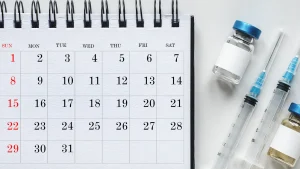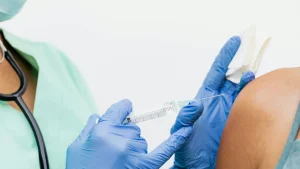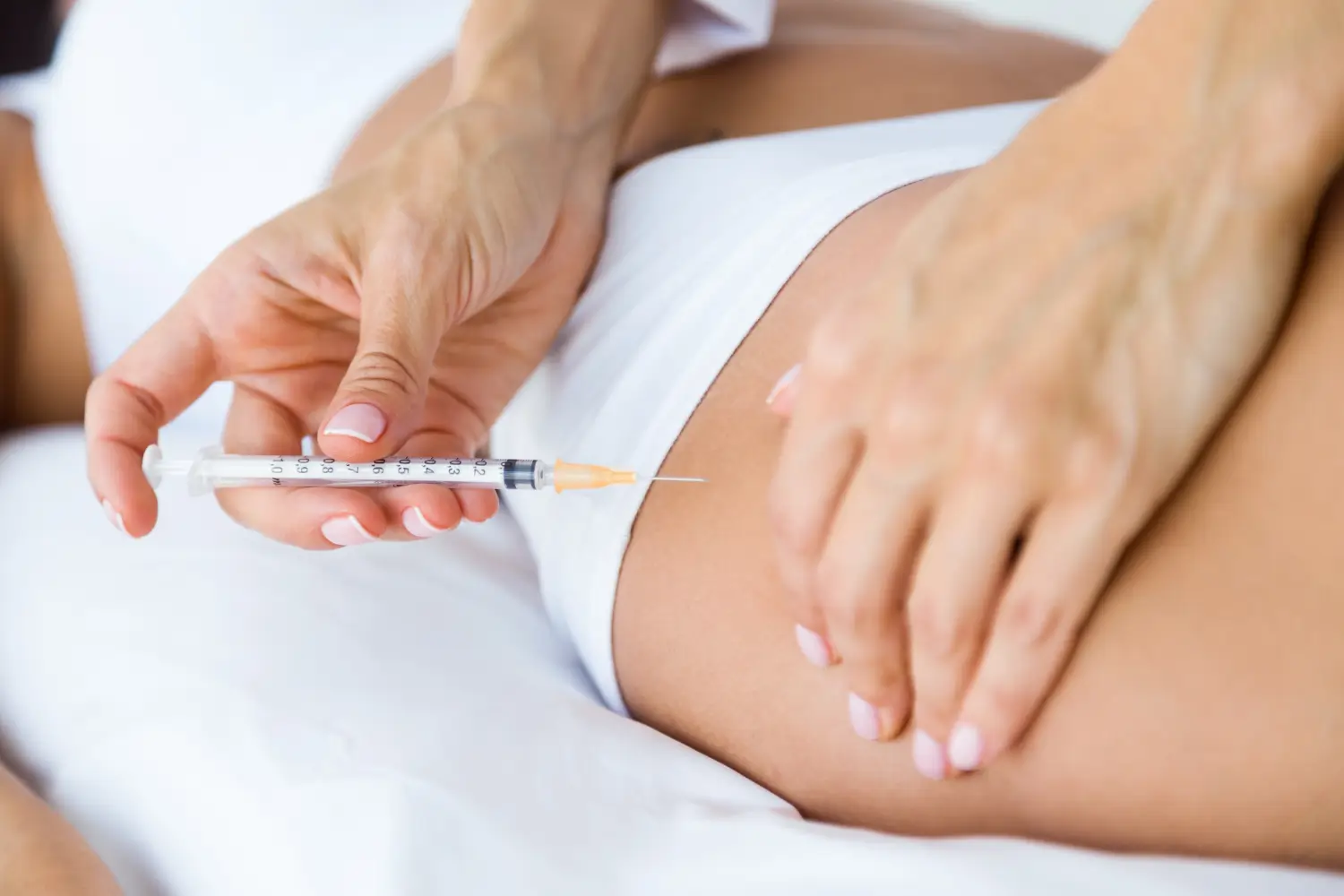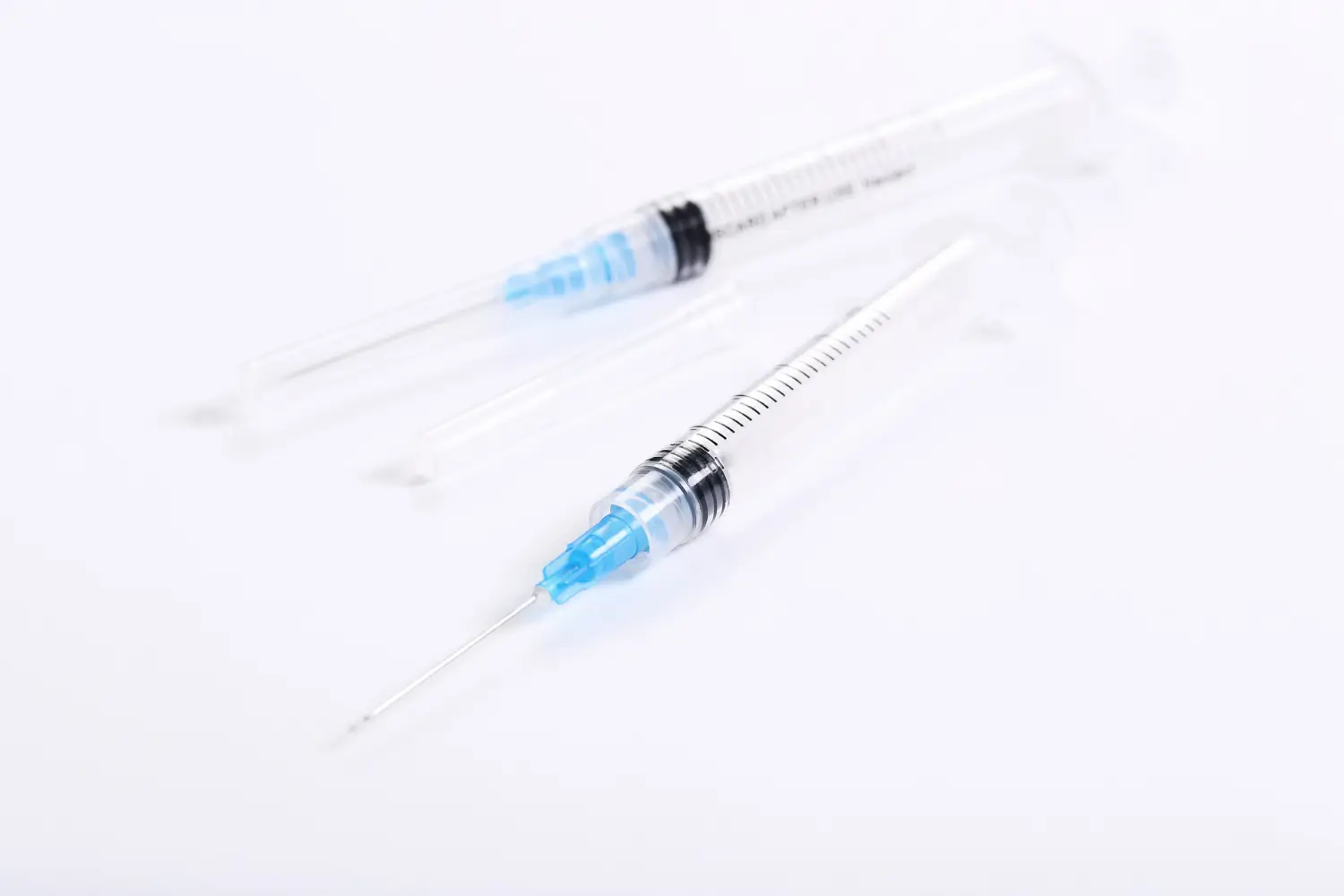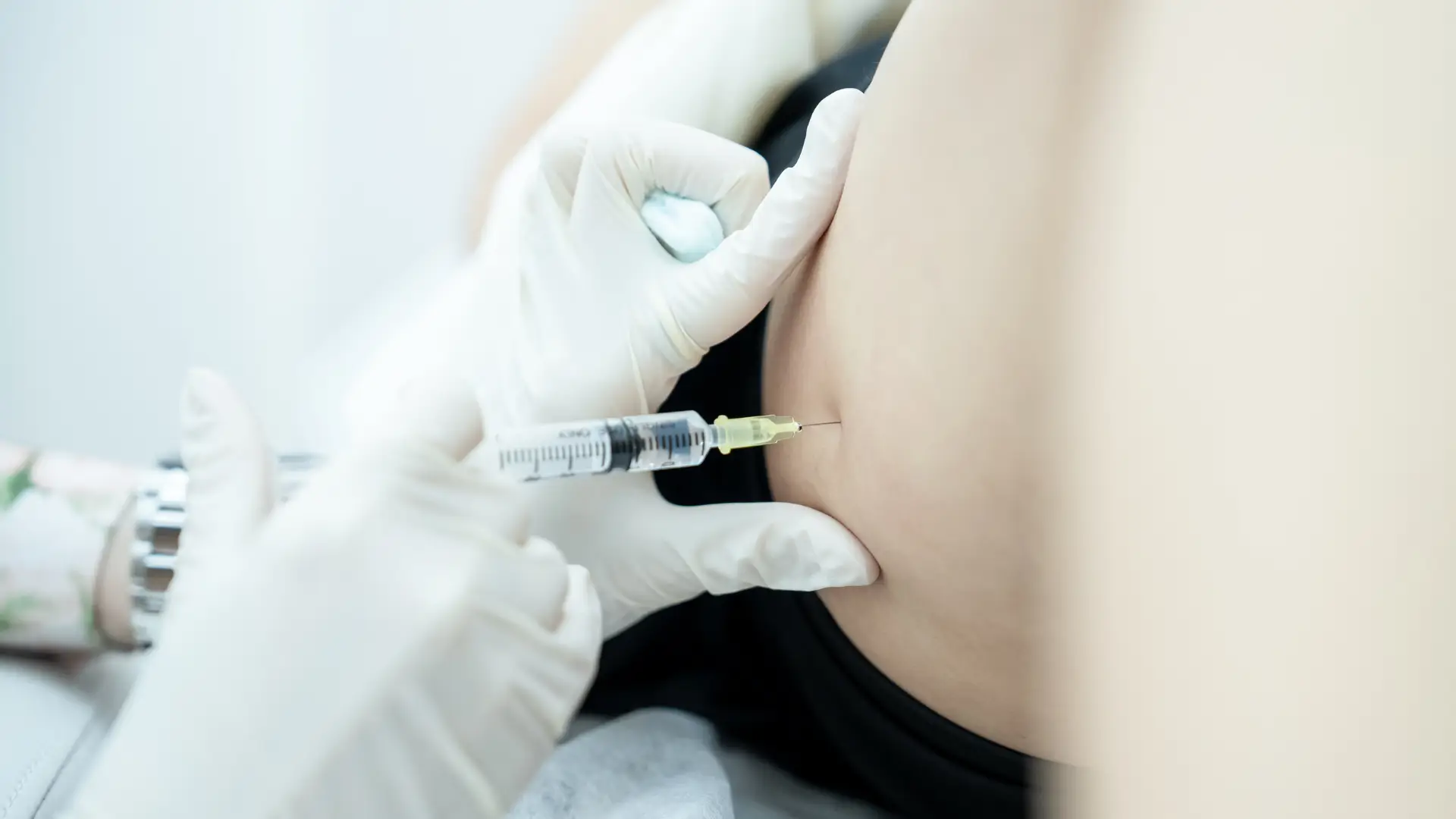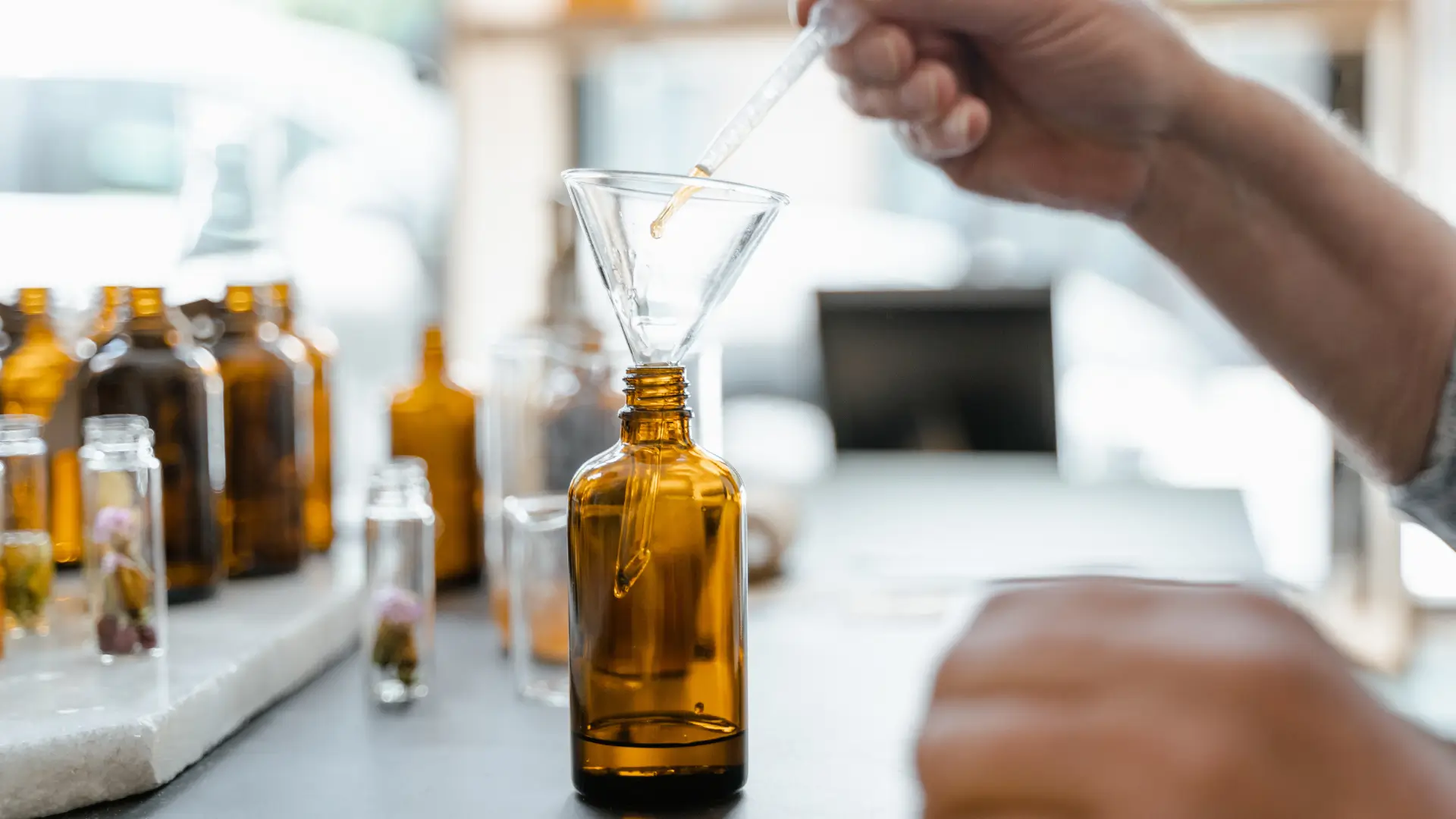Did you know that between 80 and 90 percent of women experience cellulite? While both men and women can develop these lumps and dimples in the skin, cellulite is more common among women. This condition often leads individuals to seek solutions that enhance their confidence and address this persistent skin concern.
Cellulite, which commonly appears on the thighs, abdomen, and buttocks, can influence individuals’ self-esteem. While surgical procedures provide permanent results, many prefer less invasive treatments. Alidya, developed by Marllor Biomedical, offers an innovative approach to treating cellulite. However, practitioners must be aware of the potential risks and side effects associated with its use.
This article will explore the Alidya side effects, from standard to less frequent reactions, and provide guidance on managing and minimizing them for safe and effective treatments.
Key Takeaways
- Alidya treatment, aimed at reducing cellulite, can lead to common side effects like redness, swelling, and bruising at the injection site.
- Less common side effects may include nausea, headaches, skin discoloration, and, in rare cases, infections or allergic reactions that require medical attention.
- Proper pre-treatment assessments and patient care are critical for practitioners to identify suitable candidates and minimize side effects.
- Following specific aftercare instructions, such as avoiding strenuous activities and sun exposure, can aid in healing and reduce the risk of complications.
- With its favorable safety profile, Alidya can provide effective results when administered correctly and with adherence to protocols.
About: Medica Depot is your trusted all-in-one supplier, offering a range of high-quality medical injectables and supplies. Buy Alidya online at Medica Depot today! Whether for health professionals, plastic surgeons, dermatologists, licensed estheticians, or other specialists, we can offer genuine, brand-name products you may need. With Medica Depot, we prioritize serving you better to improve the patient’s quality of life.
Common Side Effects of Alidya Treatment
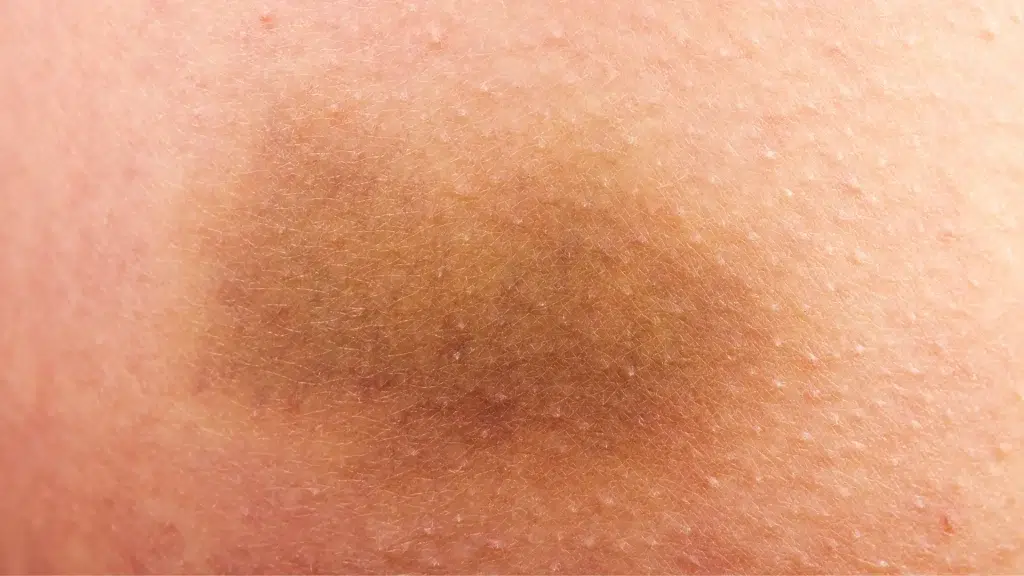
Alidya’s minimally invasive approach makes it more appealing to individuals who wish to achieve a transformative enhancement for their visible cellulite. This treatment can diminish the noticeable dimples and lumps in the skin and avoid the recurrence of skin concerns.
However, while treatments like Alidya for the abdomen are effective, they may cause some side effects. Alidya before and after photos and reviews have shared the occurrence of these reactions. Both patients and practitioners must understand these potential reactions to make informed decisions during and after the procedure.
- Redness and Swelling at the Injection Site
- Bruising and Discomfort
Patients may experience redness and swelling at the injection site, which typically subsides within a few days to a week with adherence to the post-treatment care instructions. Patients must seek medical attention for prompt action when these persist or worsen.
Less Common Side Effects of Alidya Treatment
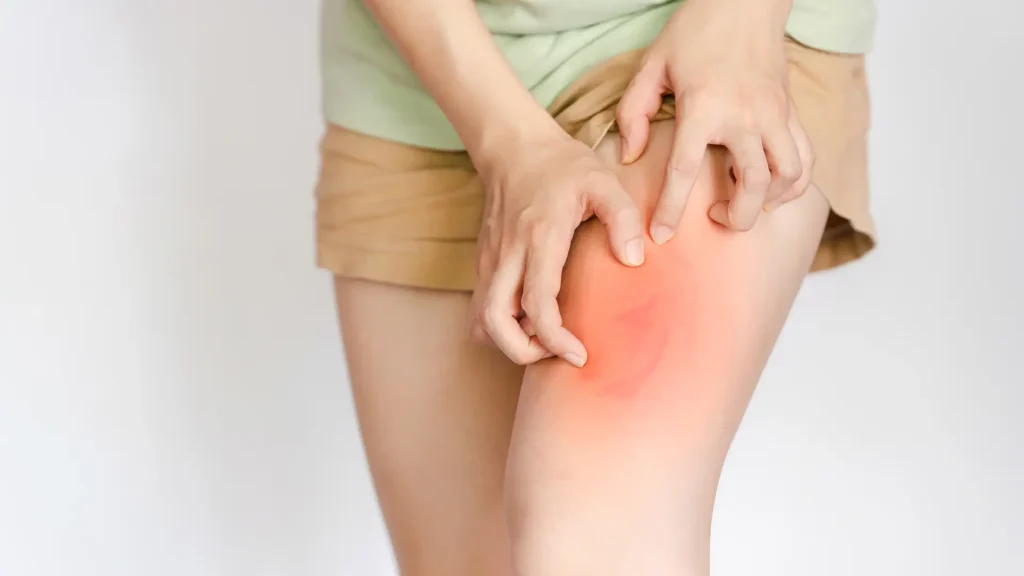
Some less common side effects may occur in patients receiving Alidya treatments. Providers must equip patients with comprehensive information about these potential reactions and discuss the proper recognition and reporting to avoid further complications.
- Nausea and Headaches
- Skin Discoloration
- Infection at the Injection Site
- Allergic Reactions
In rare cases, patients may experience these reactions that require immediate medical attention and proper management of symptoms. Nausea, headaches, and skin discoloration may be mild and temporary, but infection and allergic reactions should be reported to medical professionals.
Furthermore, monitoring any unexpected or persistent symptoms should help manage these rare side effects. Whether getting Alidya abdomen treatments or other body areas, practitioners need to ensure sterile conditions, techniques, proper administration, and patient post-treatment care adherence to avoid these risks,
Managing and Minimizing Alidya Side Effects
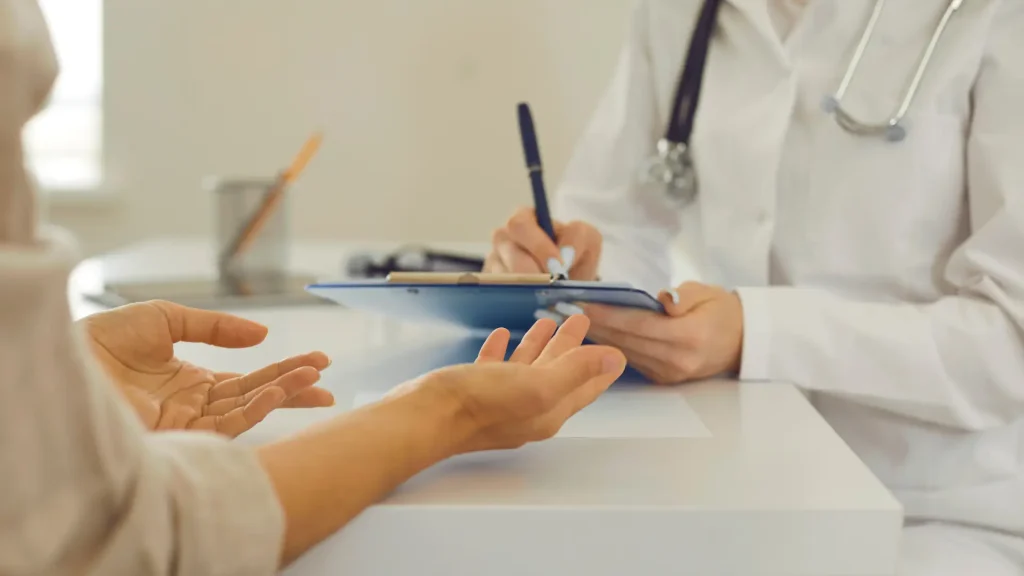
Effectively managing and minimizing side effects is essential for a successful Alidya treatment. This requires thorough patient assessments, proper Alidya aftercare, and a clear understanding of the treatment’s safety profile.
- Pre-Treatment Assessments and Patient Care: Practitioners must conduct thorough assessments to ensure patients are suitable candidates for Alidya. This involves evaluating medical history and discussing potential risks.
- Alidya Aftercare Advice: Patients must follow specific aftercare instructions, including avoiding strenuous activities and direct sun exposure, to minimize side effects and promote healing.
- Safety Profile of Alidya and Positive Treatment Experience: Due to its CE-marked title, Alidya has a favorable safety profile when administered correctly. Proper patient selection and strict protocol adherence ensure a positive treatment experience and optimal results.
Conclusion
Understanding the potential side effects of Alidya treatment is crucial for both patients and practitioners. While this minimally invasive solution offers significant benefits for addressing cellulite, reactions such as redness, swelling, and rare complications like nausea or infections should be considered.
By conducting thorough pre-treatment assessments, maintaining sterile conditions, and ensuring diligent aftercare, practitioners can greatly enhance the treatment experience. Educating patients about potential risks empowers them to make informed choices, promoting trust and confidence in the procedure. With proper management and care, Alidya remains a viable and innovative option for reducing cellulite and improving skin texture.
FAQs
1. What are the common side effects of Alidya treatment?
Common side effects include redness, swelling, bruising, and minor discomfort at the injection site, which usually resolves within a few days.
2. What should patients do if they experience severe side effects after Alidya treatment?
Patients who experience persistent or worsening symptoms, such as prolonged swelling or signs of infection, must seek medical attention promptly.
3. How can patients minimize side effects after receiving Alidya?
Following the aftercare instructions provided by your practitioner, such as avoiding strenuous activities and sun exposure, can help reduce side effects and aid in healing.
References
- Luebberding, S., Krueger, N., & Sadick, N. S. (2015). Cellulite: an evidence-based review. American journal of clinical dermatology, 16(4), 243–256. https://doi.org/10.1007/s40257-015-0129-5
- Crosta, P. (2017, November 30). Cellulite: Causes, treatment, and prevention. Www.medicalnewstoday.com. https://www.medicalnewstoday.com/articles/149465#what-is-cellulite


